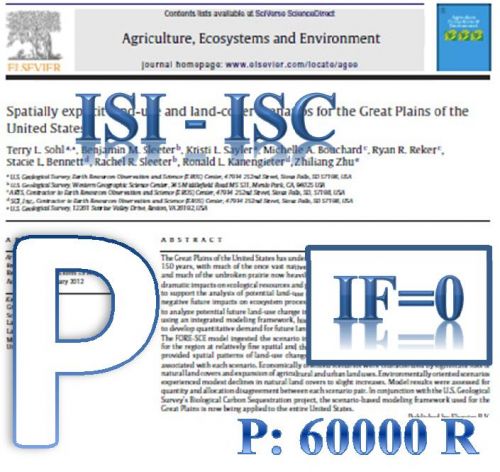Evolution of hepatitis B virus surface gene and protein among Iranian chronic carriers from different provinces
نویسندگان : Fatemeh Ramezani Seyed Moayed Alavian Ahmadreza Sadeghi Abolfazl Khedive Leila Ghalichi Mehdi Norouzi Hadi Karimzadeh Reza Malekzadeh Ghodrat Montazeri Azim Nejatizadeh Masood Ziaee Farshid Abedi Behrooz Ataei Majid Yaran Babak Sayad Mohamad Hosein Somi Gholamreza Sarizadeh Ismail Sanei-Moghaddam Fariborz Mansour-Ghanaei Houshang Rafatpanah Hossein Keyvani Ebrahim Kalantari Mehdi Saberfiroozi Reza Rezaee Maryam Daram Mostafa Mahabadi Zahra Goodarzi Vahdat Poortahmasebi Babak Geravand Azam Khamseh Masoud Mahmoodi Seyed Mohammad Jazayeri
Background and Objectives: Iranian chronic HBV carrier's population has shown a unique pattern of genotype D distribution all around the country. The aim of this study was to explore more details of evolutionary history of carriers based on structural surface proteins from different provinces. Materials and Methods: Sera obtained from 360 isolates from 12 Different regions of country were used for amplification and sequencing of surface proteins. A detailed mutational analysis was undertaken. Results: The total ratio for Missense/Silent nucleotide substitutions was 0.96. Sistan and Kermanshah showed the lowest rate of evolution between provinces (P = 0.055). On the other hand, Khorasan Razavi and Khoozestan contained the highest ratio (P = 0.055). The rest of regions were laid between these two extremes. Azarbayjan and Guilan showed the highest proportion of immune epitope distribution (91.3% and 96%, respectively). Conversely, Sistan and Tehran harbored the least percentage (66.6% and 68.8%, respectively). Kermanshah province contained only 5.2%, whereas Isfahan had 54.5% of B cell epitope distribution. In terms of T helper epitopes, all provinces showed a somehow homogeneity: 22.58% (Fars) to 46.6% (Khuzestan). On the other hand, distribution of substitutions within the CTL epitopes showed a wide range of variation between 6.6% (Khuzestan) and 63% (Kermanshah). Conclusion: Further to low selection pressure found in Iranian population, the variations between different regions designate random genetic drift within the surface proteins. These finding would have some applications in terms of specific antiviral regimen, design of more efficient vaccine and public health issues.
کلید واژگان :Hepatitis B, Surface Proteins, HBsAg
ارزش ریالی : 1200000 ریال
با پرداخت الکترونیک
